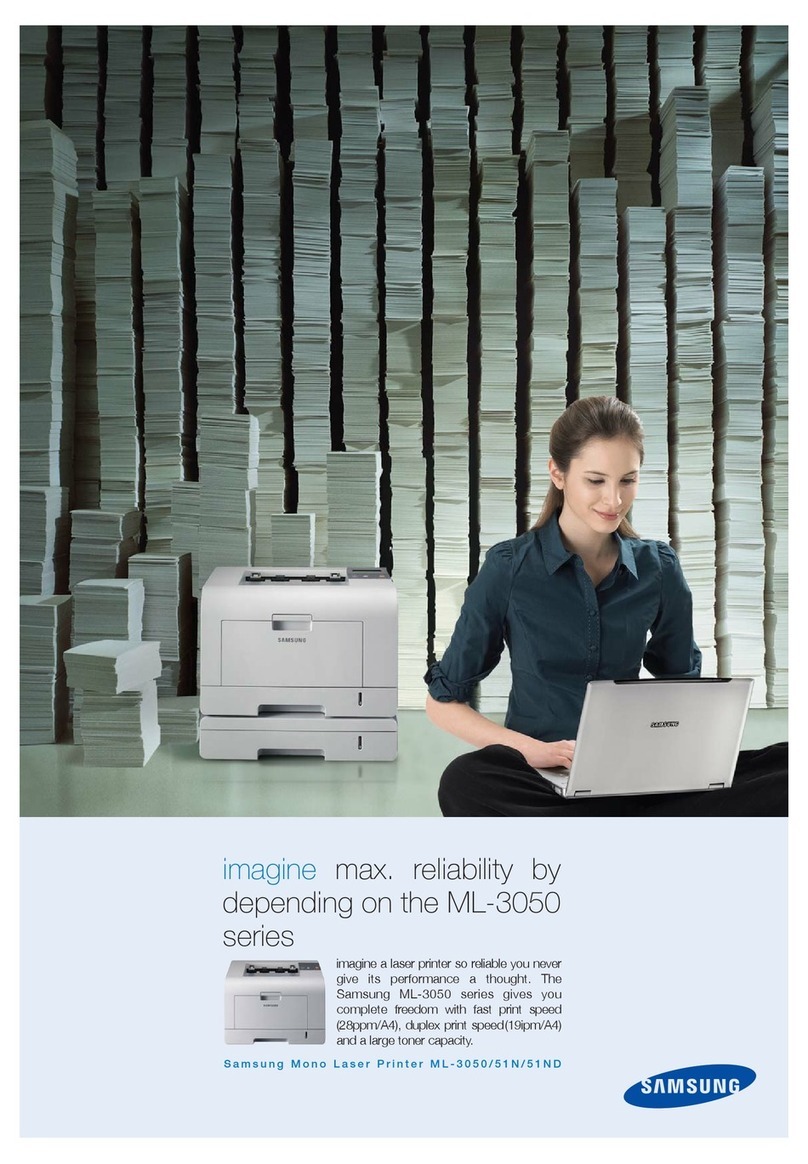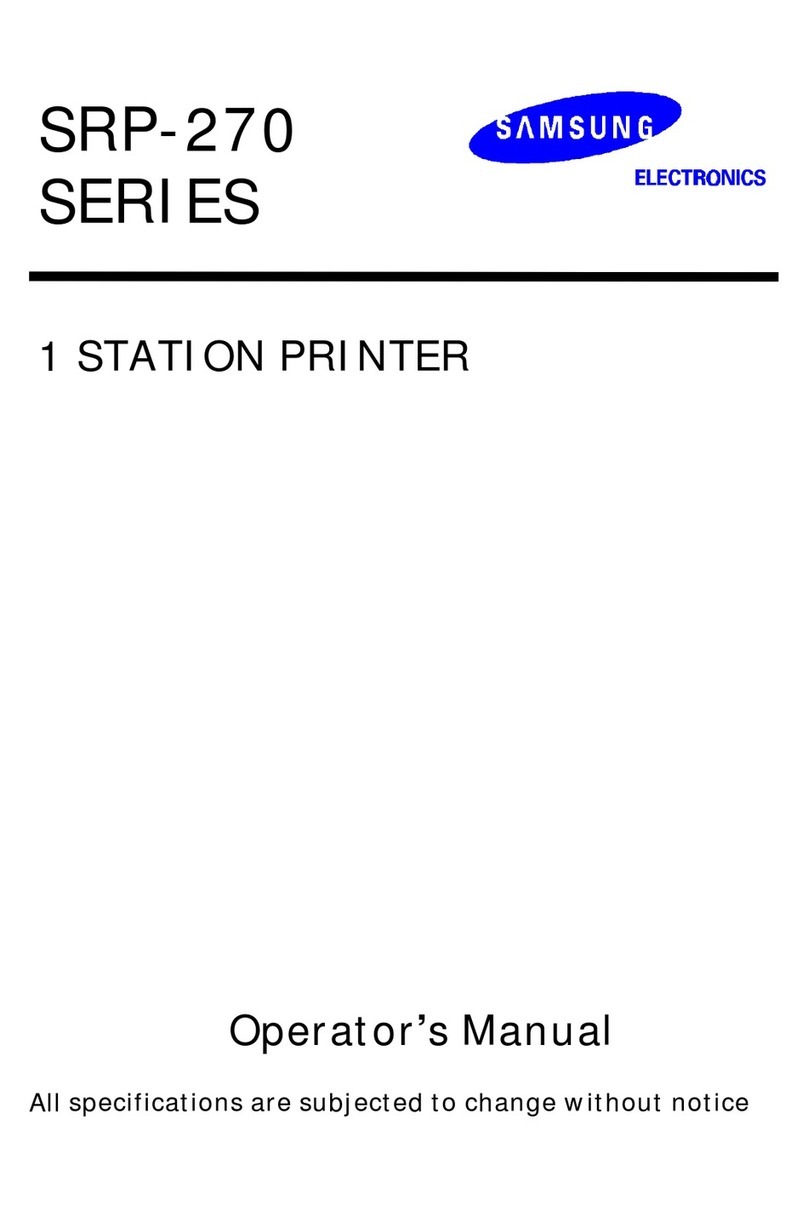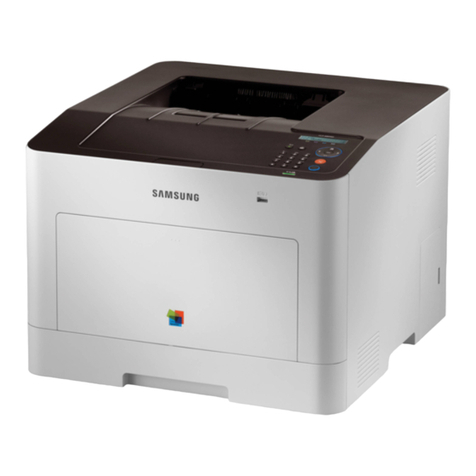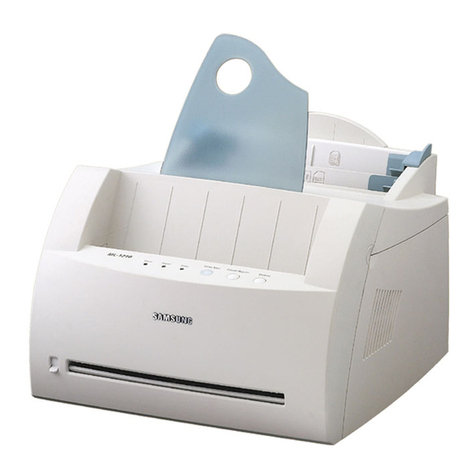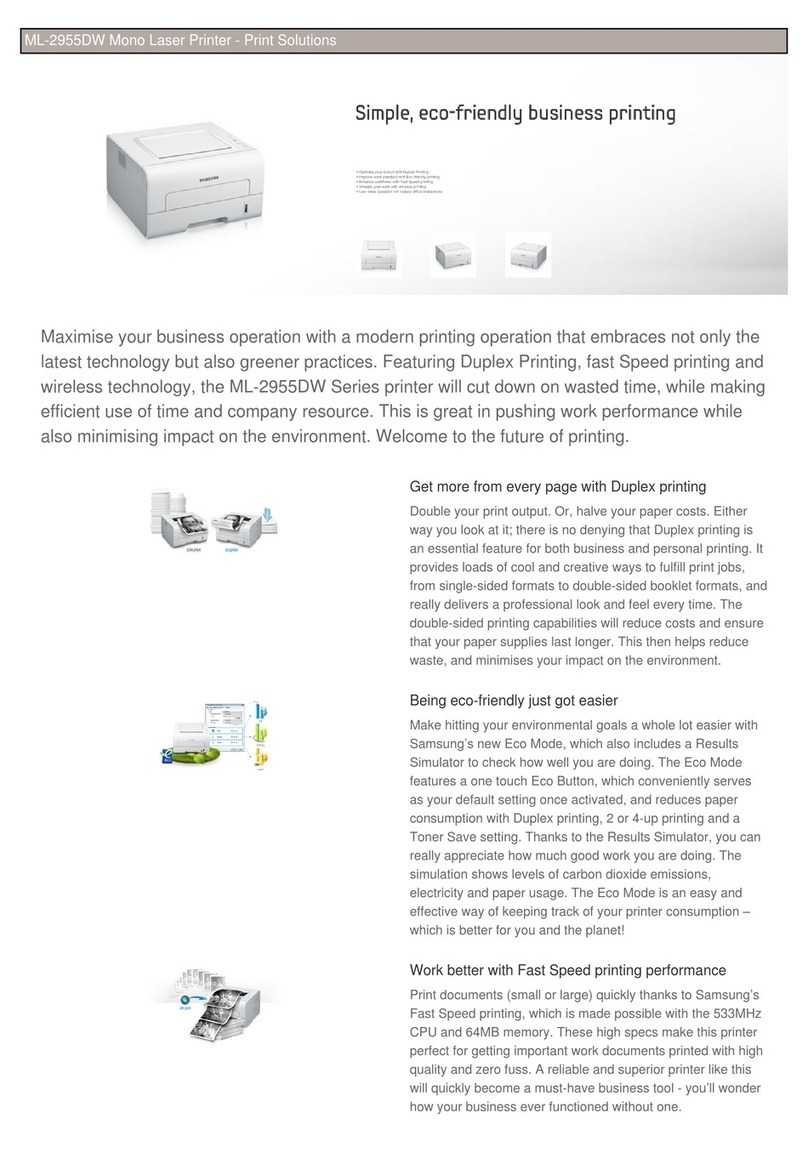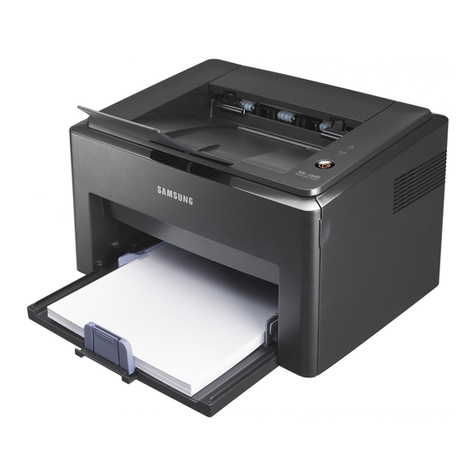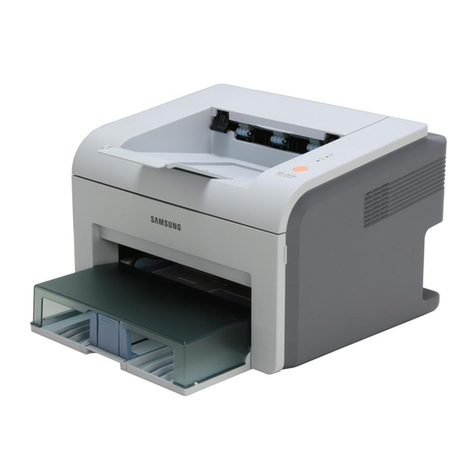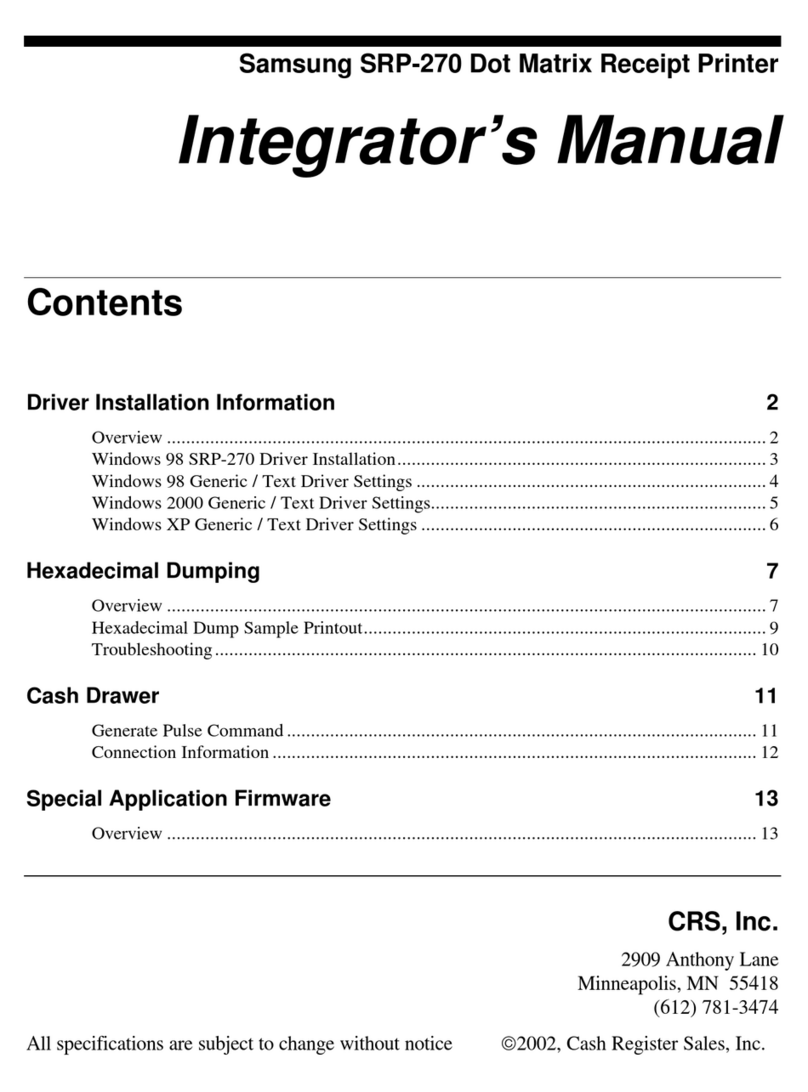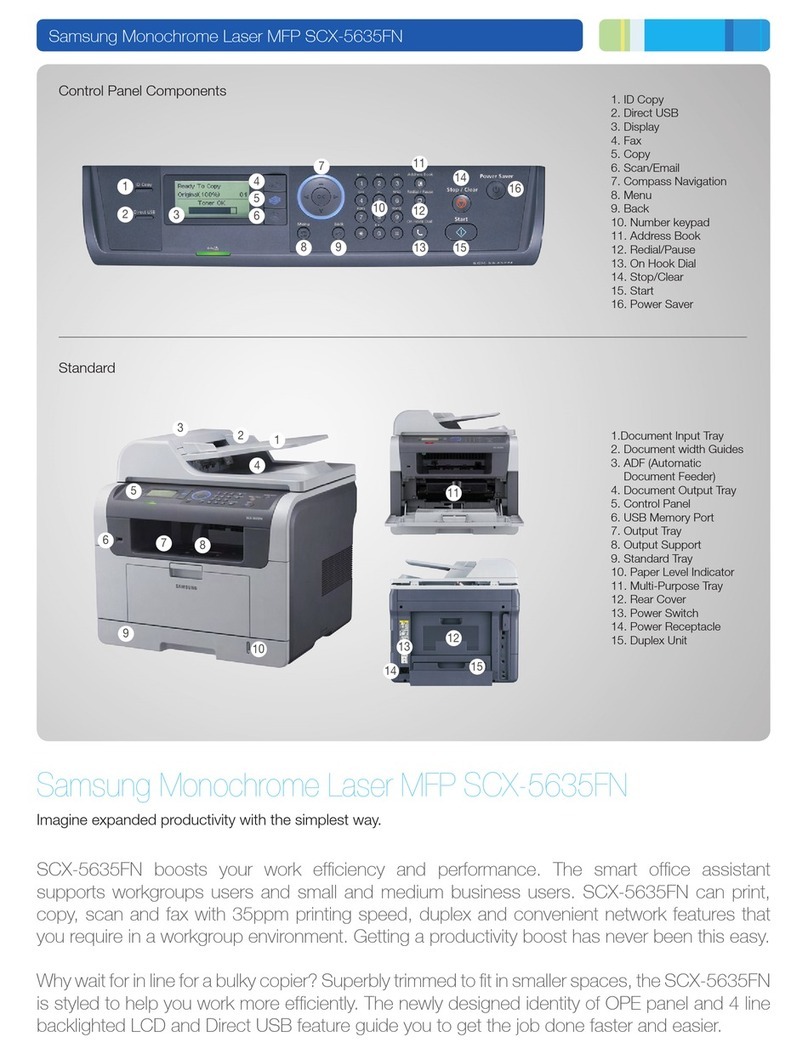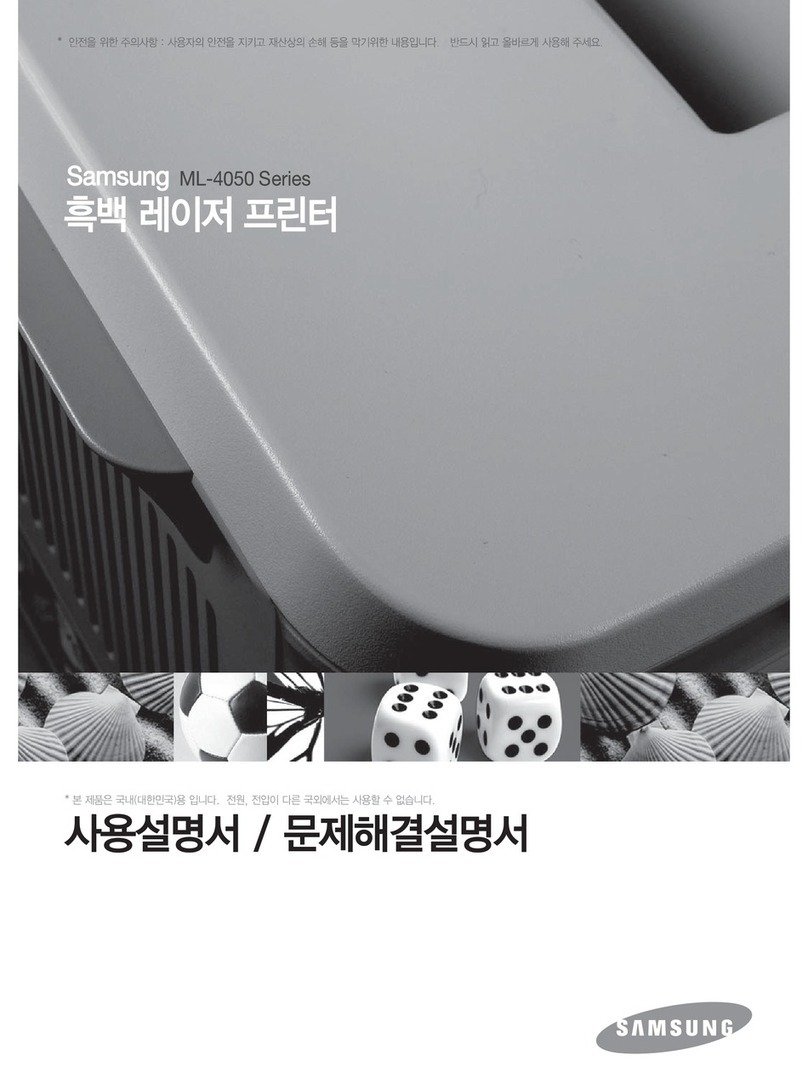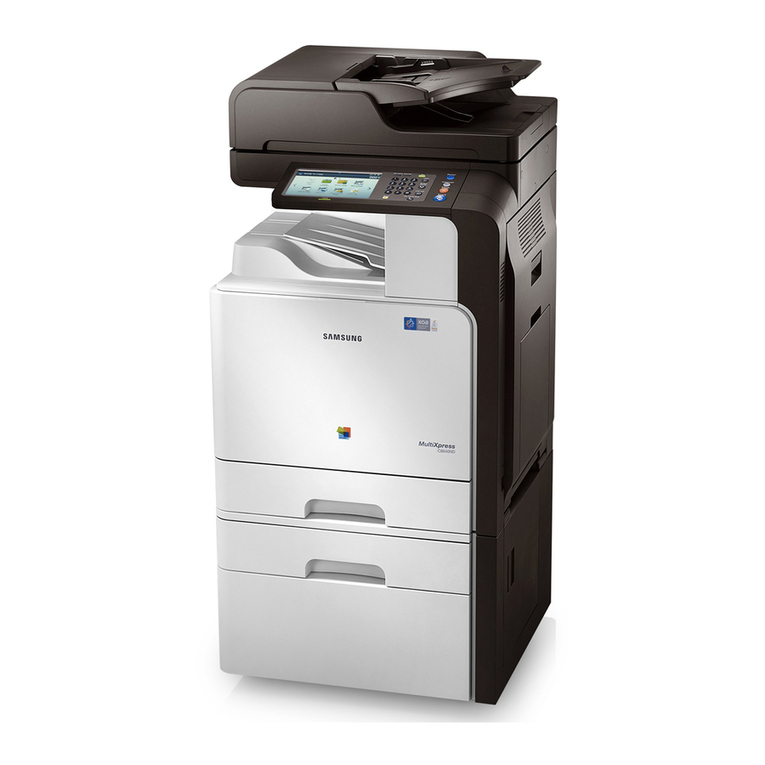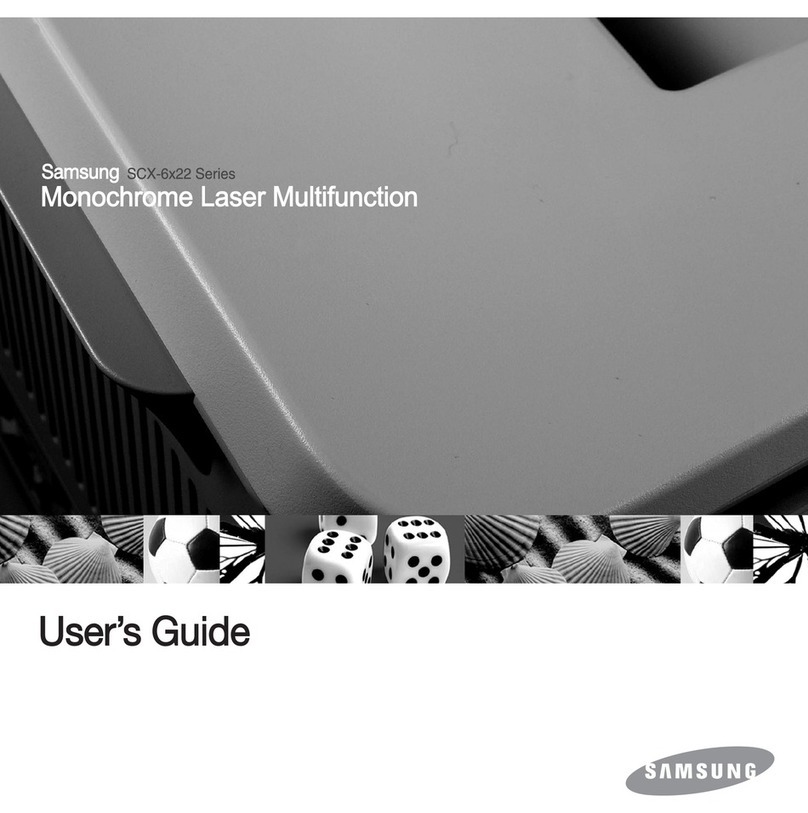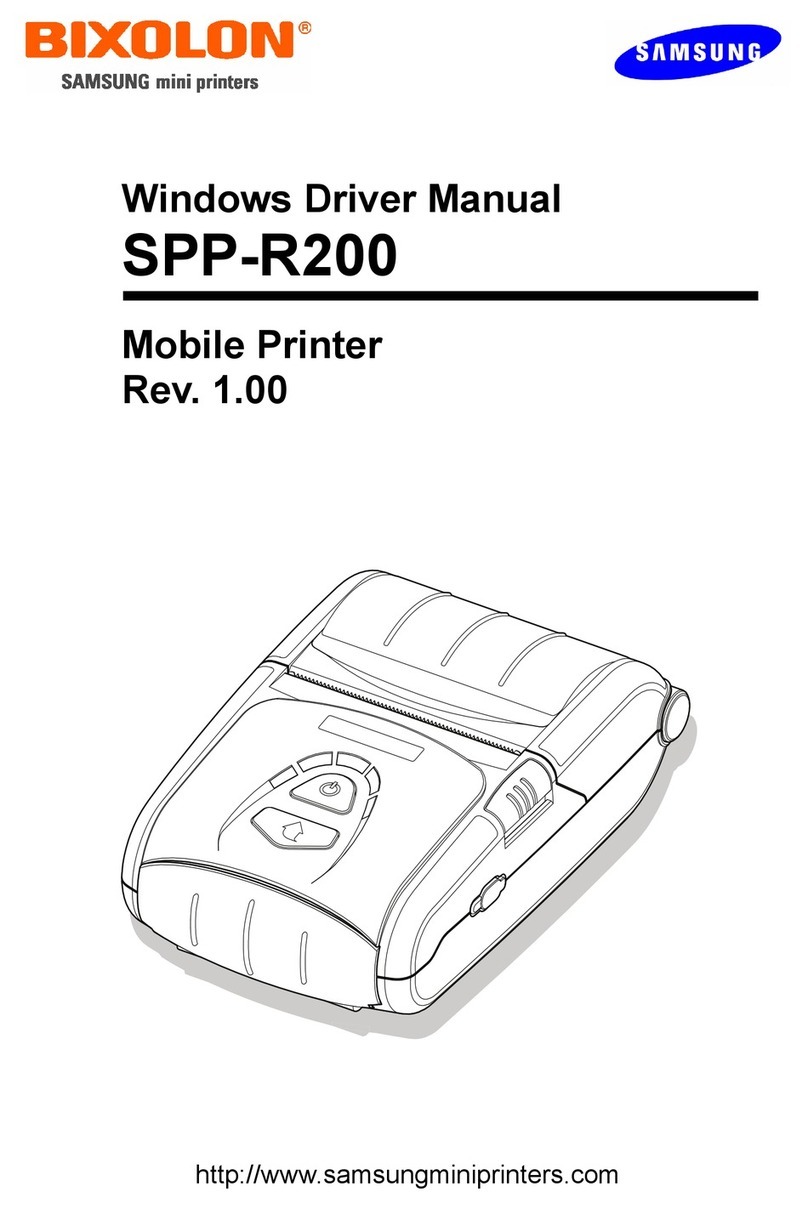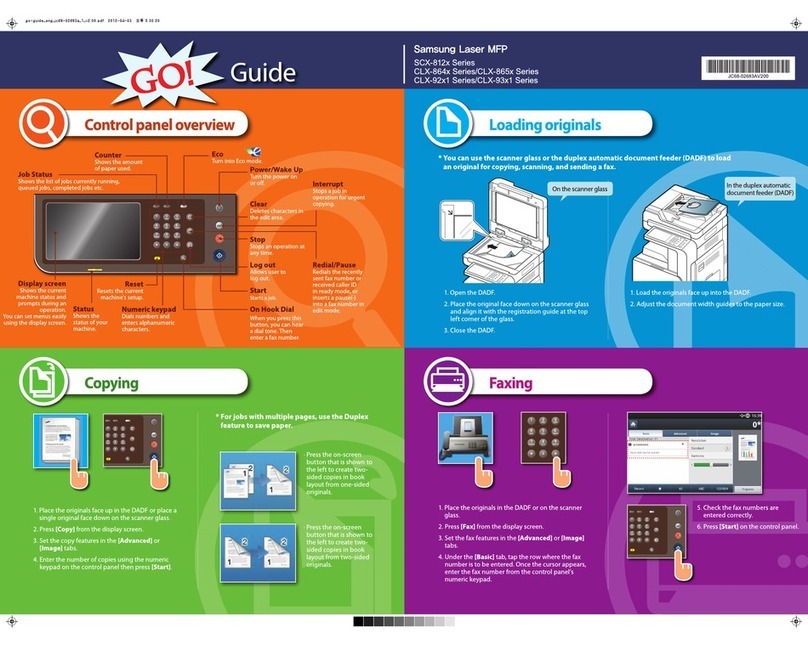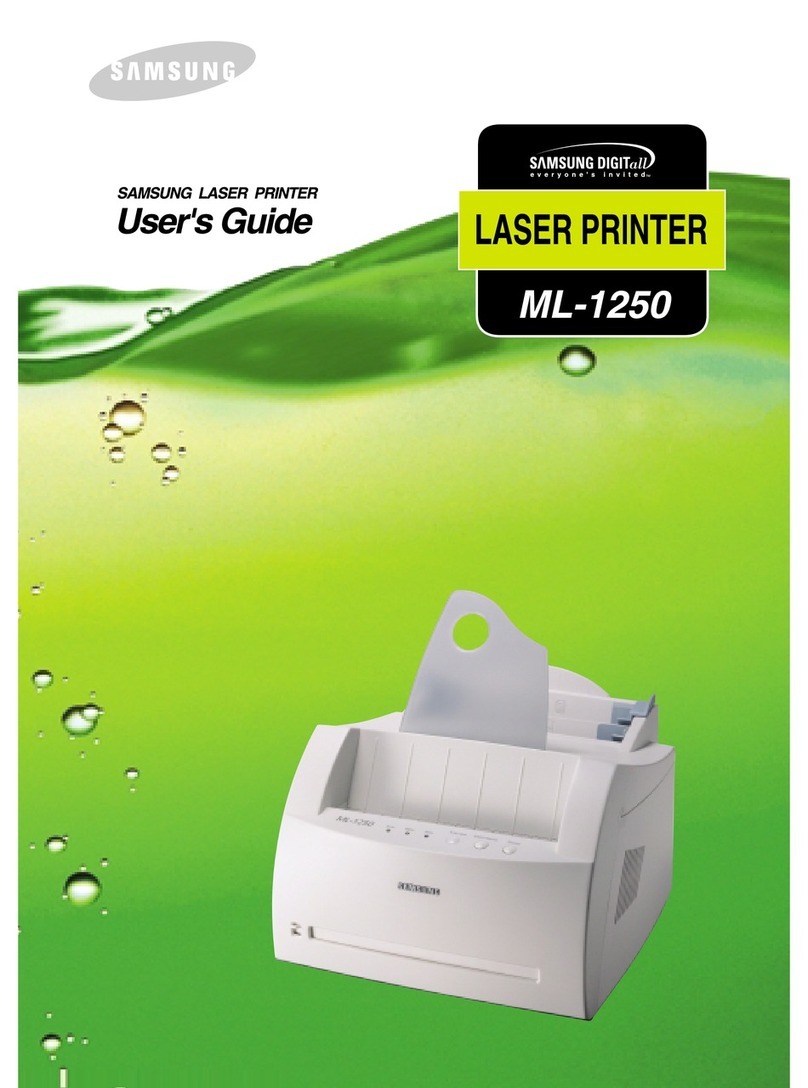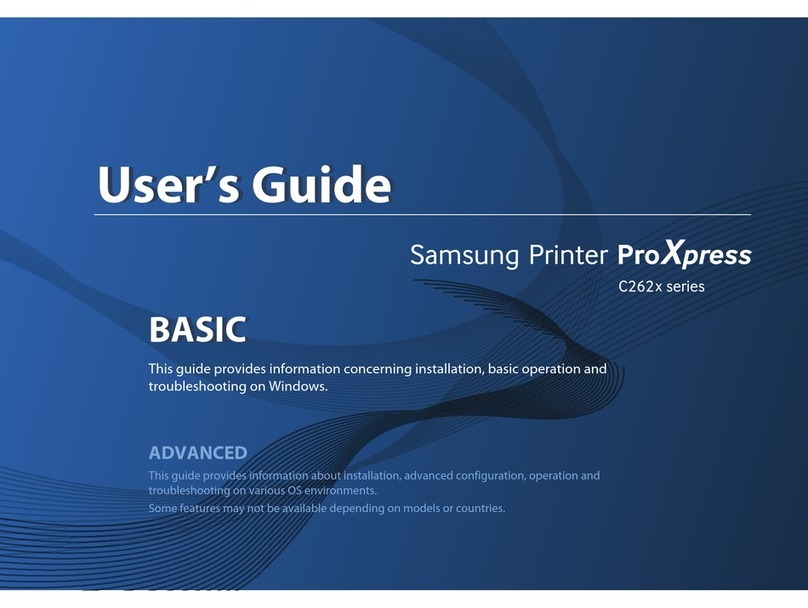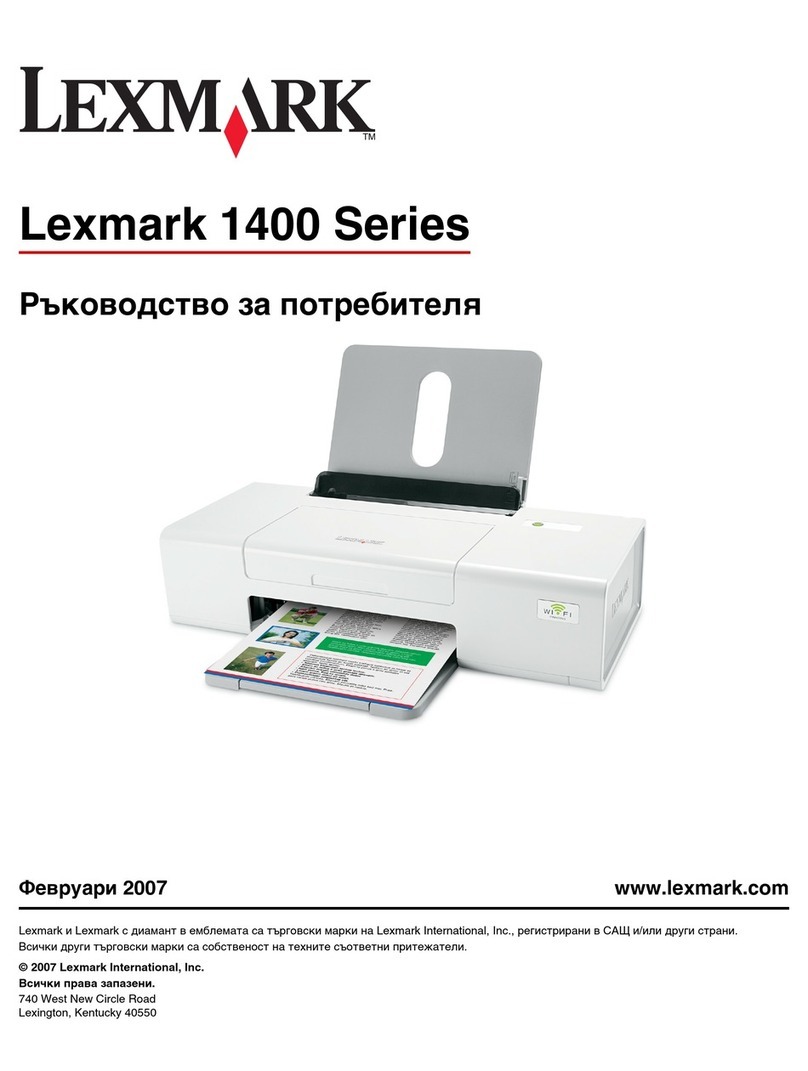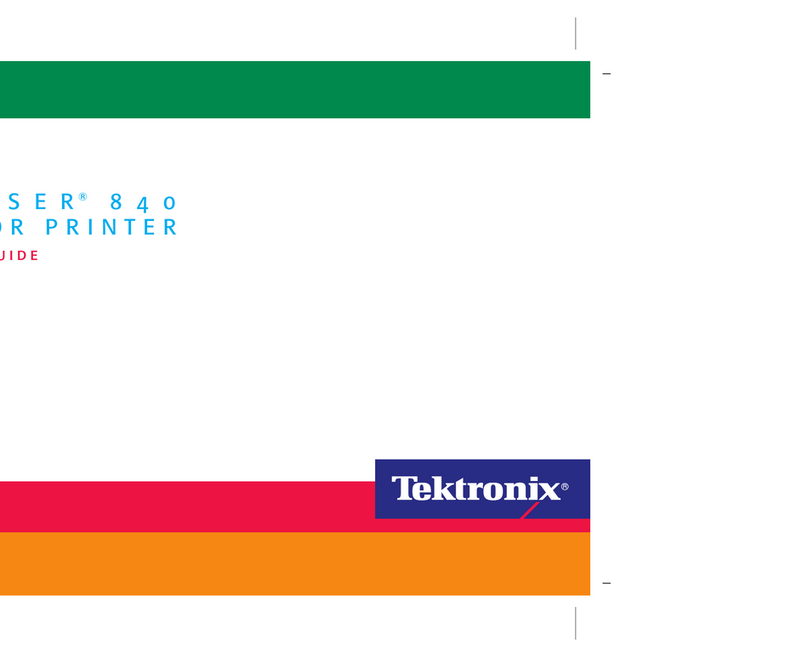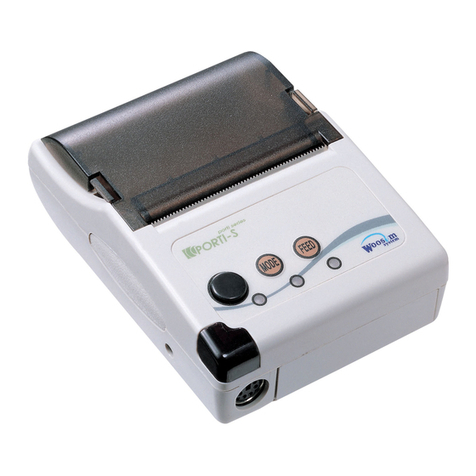1. Be sure that all built-in protective devices are in
place.Replace any missing protective shields.
2. Make sure there are no cabinet openings
through which people-particularly children- might
insert fingers or objects and contact dangerous
voltages.
3. When re-installing chassis and assemblies be
sure to replace all protective devices including
control knobs and compartment covers.
4. Design Alteration Warning:Never alter or add to
the mechanical or electrical design of this equip-
ment, such as auxiliary connectors, etc. Such
alterations and modifications will void the manu-
facturer’s warranty.
5. Components, parts, and wiring that appear to
have overheated or are otherwise damaged
should be replaced with parts which meet the
original specifications. Always determine the
cause of damage or overheating, and correct any
potential hazards.
6. Observe the original lead routing, especially near
sharp edges, AC, and high voltage power sup-
plies. Always inspect for pinched, out-of-place,
or frayed wiring. Do not change the spacing
between components and the printed circuit
board.
7. Product Safety Notice:Some electrical and
mechanical parts have special safety-related
characteristics which might not be obvious from
visual inspection. These safety features and the
protection they provide could be lost if a replace-
ment component differs from the original. This
holds true, even though the replacement may be
rated for higher voltage, wattage, etc.
8. Components critical for safety are indicated in
the parts list with symbols .
Use only replacement components that have the
same ratings, especially for flame resistance and
dielectric specifications. A replacement part that
does not have the same safety characteristics as
the original may create shock, fire, or other
safety hazards.
Take great care when replacing parts. Before remov-
ing a part take careful note of its orientation and any
wiring routing. Ensure that all parts removed are cor-
rectly replaced in their original positions and all wir-
ing is routed as it was originally manufactured.
Changing wiring routes can cause electrical interfer-
ence or degradation in set performance.
Please do the following before disassembling for a
repair or replacement of parts.
1. Remove the paper cassette and toner cartridge.
Take great care to ensure that the developer
drum surface is not scratched or damaged by
exposure to light.
2.Turn the power switch off.
3.Take out the power plug and disconnect the printer
cable from the printer.
4. Use only the same type of part as originally fitted
when replacing parts.
5. Take care when dismantling plastic components
and covers. Ensure covers are not damaged. Do
not force plastic components apart they may
break.
6. Be careful that small parts such as screws do not
get lost inside the printer.
7.When disassembling take note of the placement of
small parts. Ensure all small parts are properly
reassembled.
8. If is is necessary to turn the printer upside down
protect the LSU window with clean paper so that
no loose toner particles contaminate the glass.
